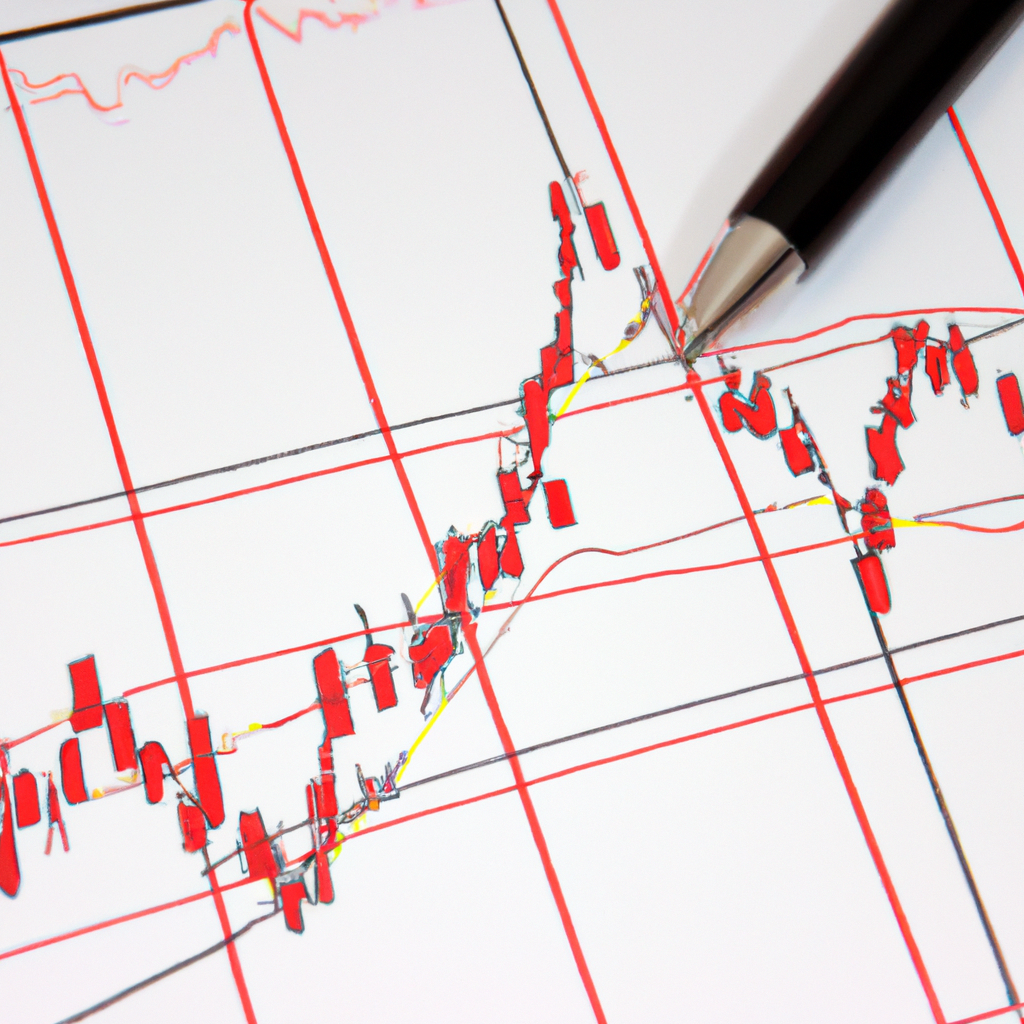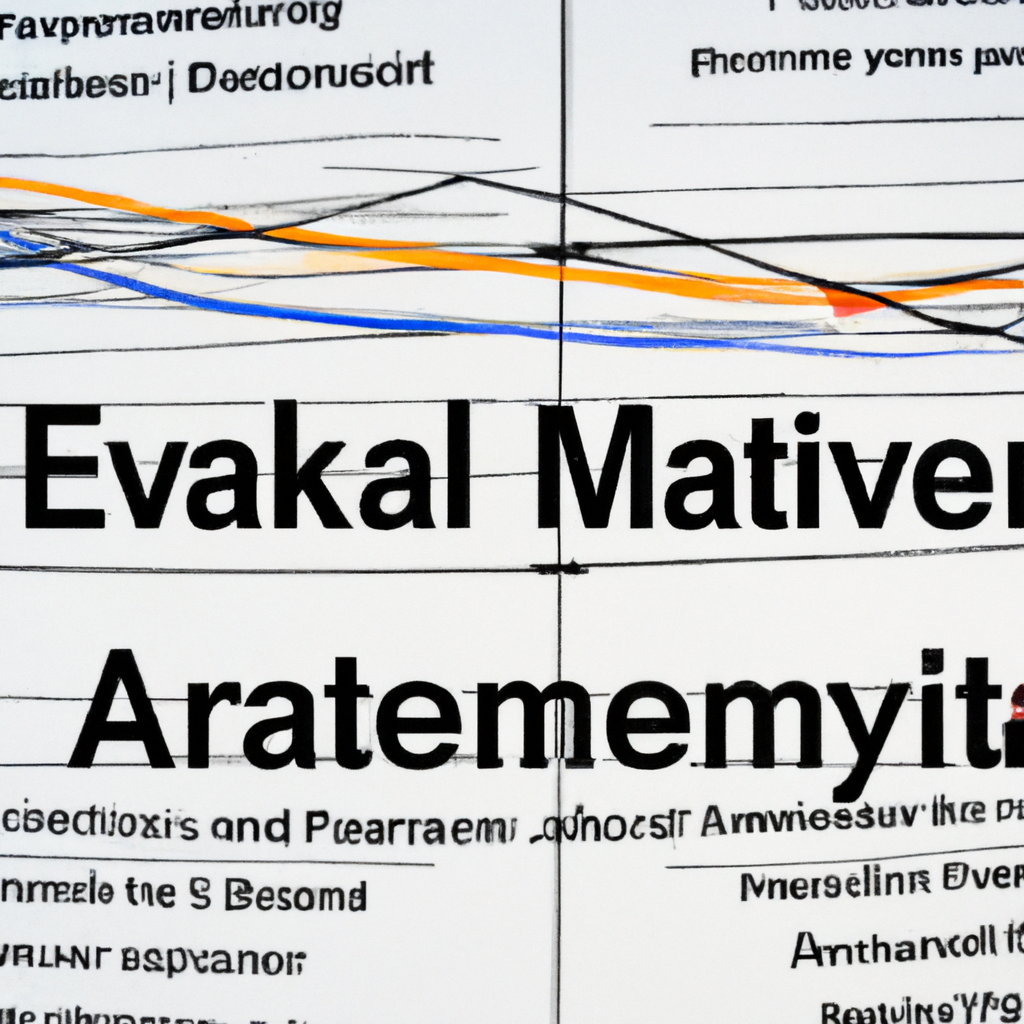Algorithmic Indicators for Trading: A Comprehensive Guide
Introduction
Algorithmic trading has revolutionized the financial markets by enabling traders to execute trades based on predefined rules and strategies. One crucial aspect of algorithmic trading is the use of algorithmic indicators, which provide valuable insights into market trends and help traders make informed decisions. In this article, we will explore the different types of algorithmic indicators and how they can be used effectively in trading strategies.
Types of Algorithmic Indicators
Trend Indicators
Trend indicators are used to identify the direction of a market trend. They help traders determine whether the market is moving upward (bullish), downward (bearish), or sideways. Some popular trend indicators include moving averages, Bollinger Bands, and the Average Directional Index (ADX).
Momentum Indicators
Momentum indicators measure the speed and strength of a price movement. They help traders identify overbought or oversold conditions, potential trend reversals, and divergences between price and momentum. Examples of momentum indicators include the Relative Strength Index (RSI), Stochastic Oscillator, and the Moving Average Convergence Divergence (MACD).
Volume Indicators
Volume indicators analyze the trading volume of a security. They provide insights into the strength of a price movement, confirm trends, and identify potential reversals. Common volume indicators include On-Balance Volume (OBV), Chaikin Money Flow (CMF), and the Volume Weighted Average Price (VWAP).
Volatility Indicators
Volatility indicators measure the degree of price fluctuations in the market. They help traders identify periods of high or low volatility, which can be useful for determining stop-loss levels, setting profit targets, or adjusting position sizes. Popular volatility indicators include the Average True Range (ATR), Bollinger Bands, and the Volatility Index (VIX).
Sentiment Indicators
Sentiment indicators gauge the overall market sentiment or investor psychology. They help traders understand whether the market is driven by fear or greed, and can be useful for contrarian trading strategies. Examples of sentiment indicators include the Put/Call Ratio, the Fear and Greed Index, and the Commitment of Traders (COT) report.
Using Algorithmic Indicators in Trading Strategies
1. Identify the Purpose
Before incorporating algorithmic indicators into your trading strategy, clearly define your objectives. Are you looking to identify trends, capture momentum, or gauge market sentiment? Understanding the purpose will help you select the most appropriate indicators.
2. Combine Multiple Indicators
Using a single indicator may provide limited insights. Consider combining multiple indicators from different categories to gain a more comprehensive view of the market. For example, combining a trend indicator with a momentum indicator can help confirm potential trade setups.
3. Backtesting and Optimization
Before deploying a trading strategy with algorithmic indicators, it is crucial to backtest and optimize it using historical data. This process helps evaluate the performance of the strategy and fine-tune parameters to maximize profitability and minimize risk.
4. Consider Risk Management
Algorithmic indicators should be used in conjunction with proper risk management techniques. Set appropriate stop-loss levels, define risk-reward ratios, and consider position sizing based on the indicators’ signals. This will help protect your capital and manage potential losses.
5. Stay Informed and Adapt
Algorithmic indicators are not foolproof and can sometimes generate false signals. Stay informed about market news, economic events, and other factors that may impact the indicators’ accuracy. Continuously evaluate and adapt your trading strategy based on changing market conditions.
Conclusion
Algorithmic indicators are powerful tools for traders, providing valuable insights into market trends, momentum, volume, volatility, and sentiment. By understanding the different types of algorithmic indicators and incorporating them into a well-defined trading strategy, traders can enhance their decision-making process and improve their overall trading performance.



